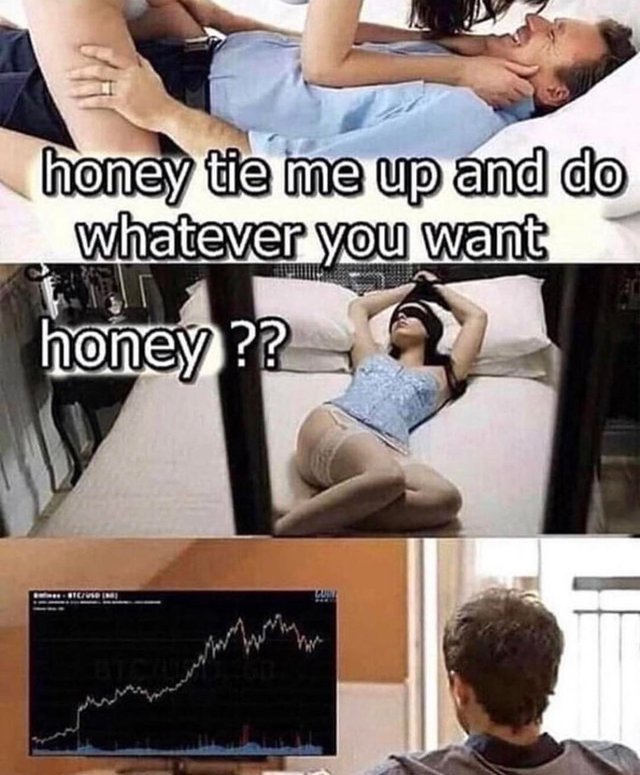Tariff Direct Hit - Auto Stocks
In spite of strong US auto sales this year (annualized yearly sales > 17M), the President’s imposed automobile tariffs has had a direct impact to their stock prices. So far, only Tesla is positive for the year.
On Average – For What it’s Worth
When it comes to the markets, I detest the words “on average”. There is nothing average about a random system. But yet, as humans, we prefer structure and struggle with the chaos that non-linearity brings which is why we futilely attempt to organize it through averages.
In attempt to put the recent market correction into context, the author of the chart below has selected a small sample of data to determine the length of time it takes until investors find out whether a pullback becomes an opportunity (buy) or (sell) bear market. If the market weren’t random, this sort of data would be very helpful and of great value to every investor. Who wouldn’t want to know that all you have to do is wait 13 weeks, see which way the market is going and go all in (either short or long). Sadly, it’s never as easy as that otherwise we would all be gazillionaires.
I give the author an “A” for effort but there is nothing actionable here nor does it provide an “edge” to make money. While the chart contains 47-years’ worth of data, depending upon their definition of a “bear market”, it may only consist of 4-6 data points which is too few to draw any sort of statistical inference and significance from. The bottom line is that because of the non-linear and random nature of the markets there is nothing average about “average”.
Target Met
Back on September 5th I wrote about a potential intermediate term top in the DJ internet index here. As we know by now, topping patterns in strong uptrends are likely not to complete since you are going against the longer-term trend which is why this example was only a “potential”. But, all trends eventually end so they should not be ignored. In this case, the downside target down at “T1” was significant enough to grab my attention. Not evident from my chart, the internet index was forming a topping pattern warning of a move lower while the broader market continued to move higher, pointing to clear divergence.
Fast forward almost two months and here is what has transpired since the post. The price of the index eventually broke below the (red) support line and chopped sideways for a couple of weeks. From there it attempted a quick rally, back-tested the underside of (red) support and immediately failed.
As you can see, the index has fallen and currently sits right on the T1 target. This is an area that should act as support and as such would expect price to consolidate or possibly reverse higher. If you shorted the index on the setup, congratulations, I would be banking profits. Going forward if the index can hold support it will present a nice, reversion to the mean investment trade. If not, this index and likely the overall market is in deep trouble and set up for a larger move to the downside. In my humble opinion investors should be treading lightly here waiting for confirmation this is something other than a “potential” bottom before committing investment capital.
Semi Spotlight
Those long-term readers know by now I watch the semiconductor index closely as it tends to be the canary in the coal mine when it comes to establishing an early trend for the US stock market. It goes without saying that “establishing early trends” goes in both directions.
Taking a look at SMH, the semiconductor ETF, the 6-year chart reveals some interesting things.
1) It does a great job of showing market structure. Markets trend, then consolidate. Wash rinse repeat. While it has not yet happened, consolidations are areas where the trend can end and reverse course. Note to self - best I memorize for later.
2) In 2015, SMH made a new, all-time high (1) and then went on to break below both its long-term uptrend and 200 day moving average. RSI momentum confirmed the weakness as it formed negative divergence. That break down was the start of a consolidation lasting 14 months and eventually went on to make two more lower highs (2,3). As was indicated by the consolidations declining volume, it eventually went on to gap up and break out into a new uptrend.
3) In March of this year, SMH made a new, all-time high (1) and then went on to break both its long-term uptrend and 200 day moving average. The last time this occurred was in 2015. That break so far has gone on to make two more lower highs (2,3). RSI momentum divergence warned of an eventual consolidation.
What is different in the current consolidation that has not yet ended, instead of breaking into a new trend higher, SMH currently sits on critical support and the volume during this consolidation has increased which is a big warning sign of (smart to dumb money) distribution.
You know the drill by now. If SMH stays and holds above the current levels, we can, as a minimum, expect a retest of prior highs (1,2 or 3). At best, it goes on to eventually begin a new uptrend. On the flip side, a break and hold below, lower prices are in our future. The current rounded top pattern, if it plays projects to a price that would fill the gap made back in April of last year, ~20% lower. These differences point to a higher probability the eventual direction out of this consolidation will be lower. If so, this would be the first time in a very long period of time where the risk of being in stocks outweighs their potential reward.
Either way the semi’s go, expect the broader market to follow suit and post haste.






